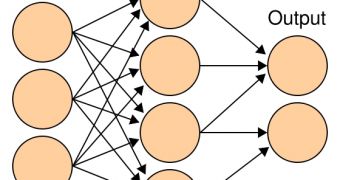New and sophisticated robots, be they in the form of Honda's humanoid one, a simple assembly line "mechanic," or an artificial intelligence (AI) computer software, are able to make a lot of people think that they are actually real live persons, due to advancements in expressing emotions, and an ever-increasing ability to actually understand what we are saying. UK mathematician Alan Turing has designed a test that bears his named, which is aimed at finding out exactly how much robotics has advanced over the years. Tests done on the latest generation of computer-animated software has yielded surprising results.
Here is a sample of a dialog recorded in 1966 between a human and the ELIZA chatbox, designed by Joseph Weizenbaum, courtesy of New Scientist:
Human: My boyfriend made me come here.
ELIZA: Your boyfriend made you come here.
Human: He says I'm depressed much of the time.
ELIZA: I am sorry to hear you are depressed.
Human: It's true. I am unhappy.
ELIZA: Do you think coming here will help you not to be unhappy?
The algorithm used by the chatbox was very simple, and only employed rephrasing. "If, for example, one were to tell a psychiatrist 'I went for a long boat ride' and he responded 'Tell me about boats,' one would not assume that he knew nothing about boats, but that he had some purpose in so directing the subsequent conversation," Weizenbaum was writing at the time.
According to software developers, the secret is to make people believe that the person talking to them from the screen is a recording. To that end, scientists recreated the image of a famous actor in a computer simulation. They recorded the star's facial expressions, and then superimposed her face on her body, and designed a fake interview. People watching the recording where absolutely convinced that they were in the presence of the star themselves, which they weren't.
However, researchers say that the future of robotics is in "claytronics,"a hypothetical form of AI, in which swarms of small machines are held together by various forces, and can take on any shape their controller desires. They could have extended applications in all fields, ranging from medicine to construction, architecture and entertainment, but they are still highly experimental, and may take decades to complete.

 14 DAY TRIAL //
14 DAY TRIAL //